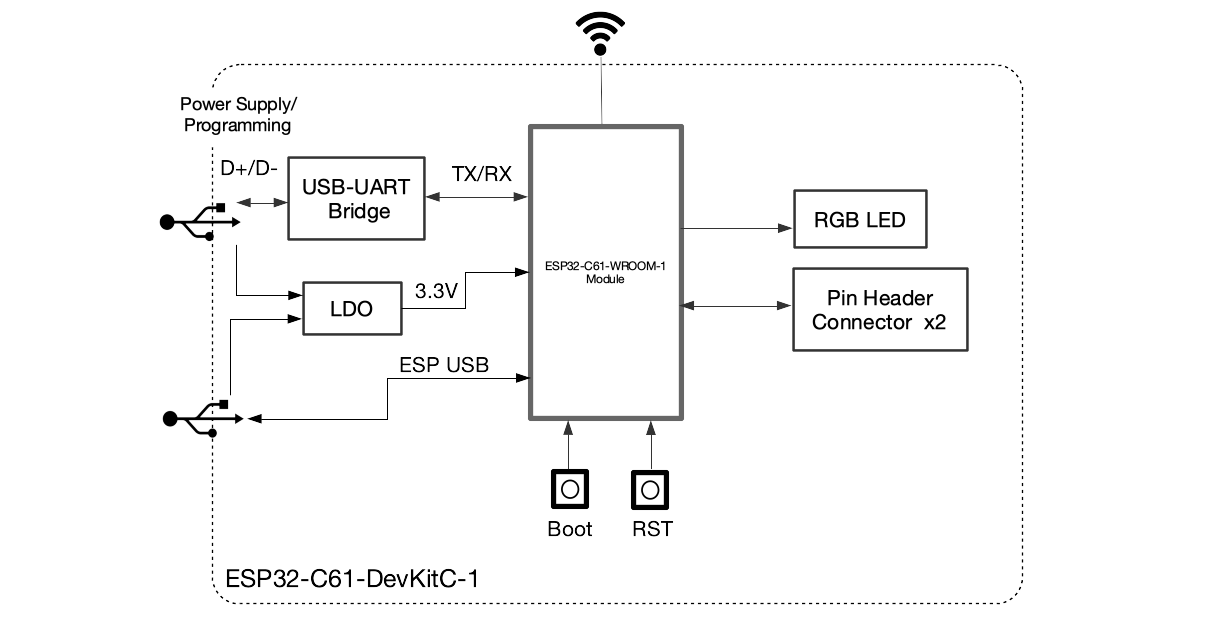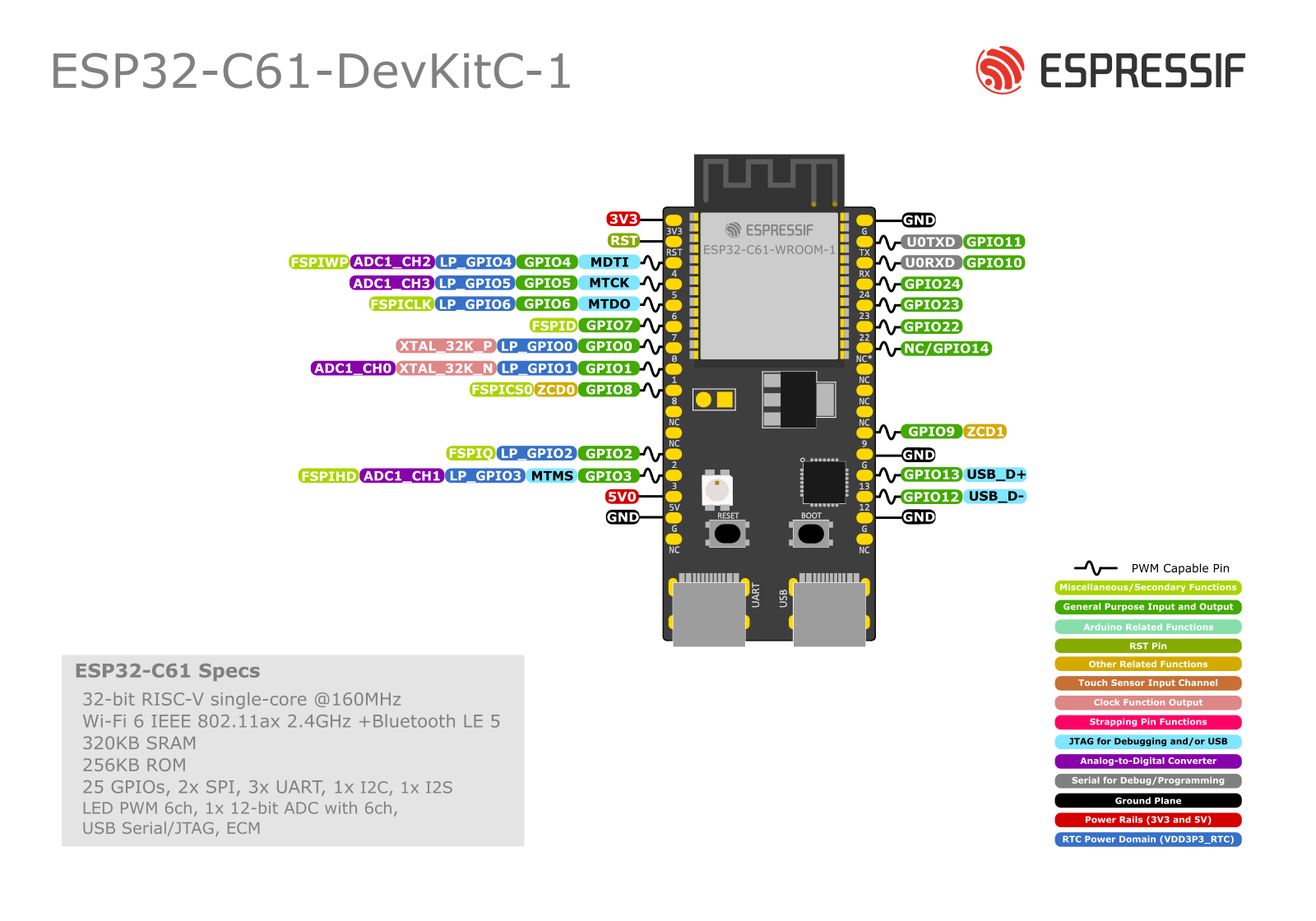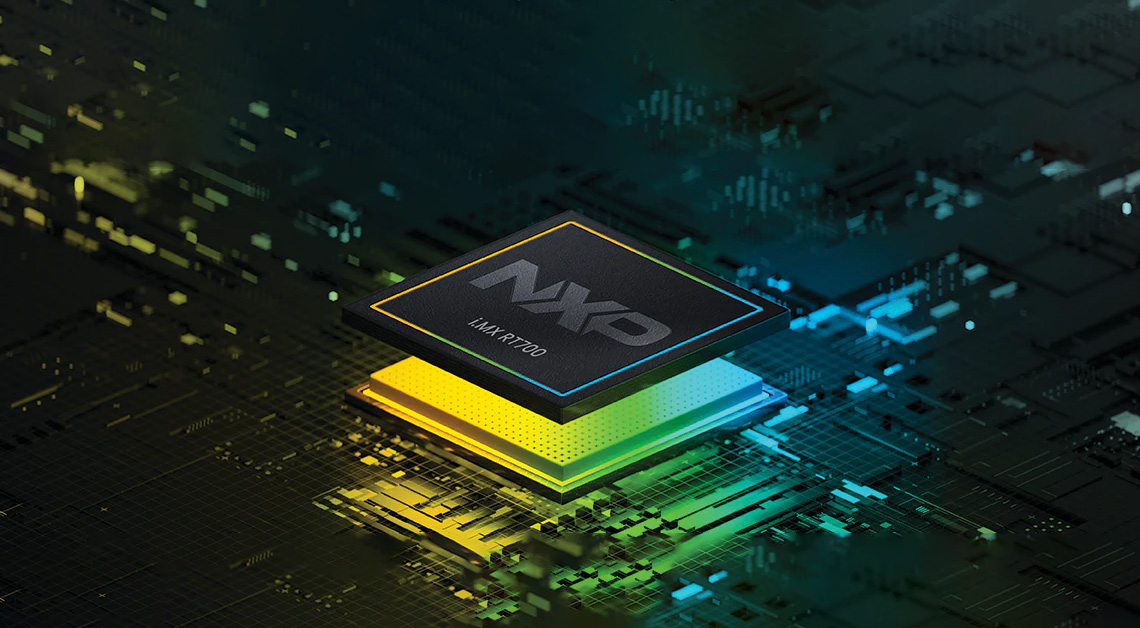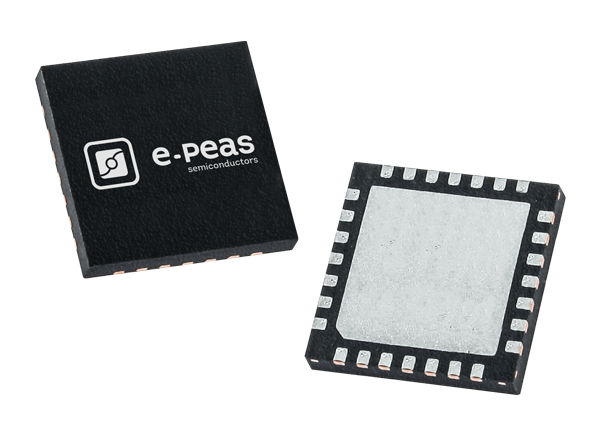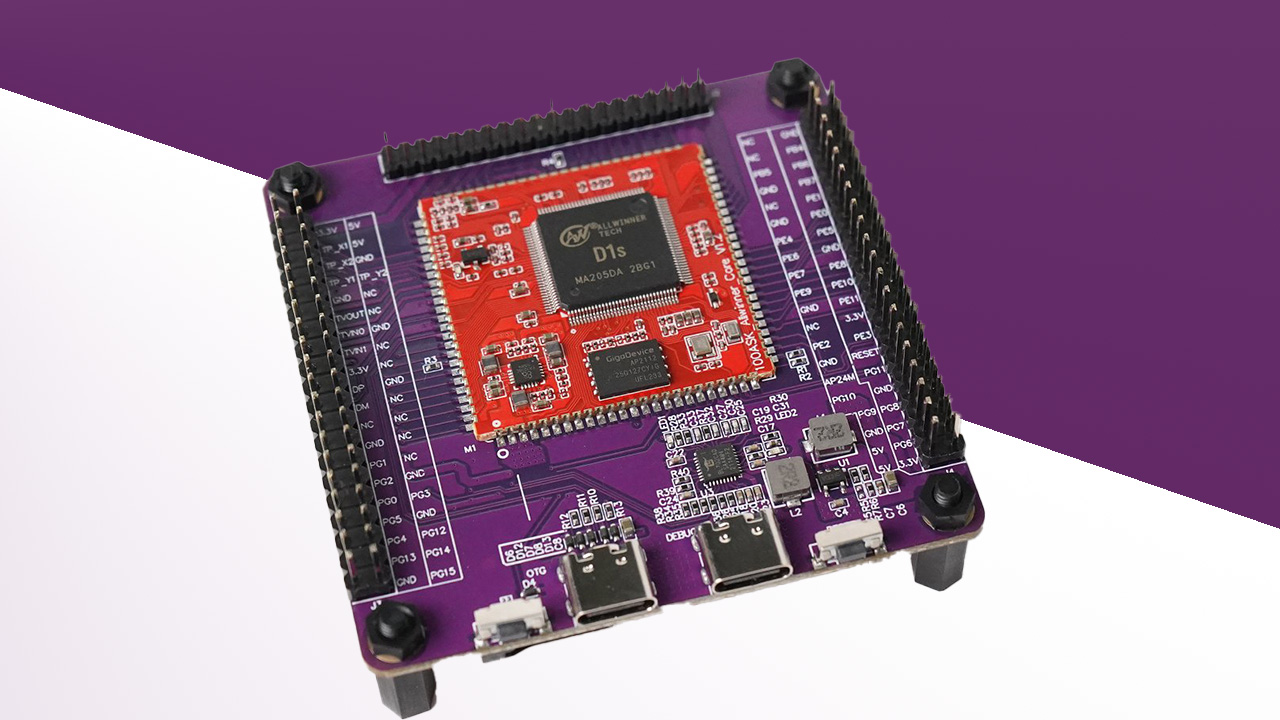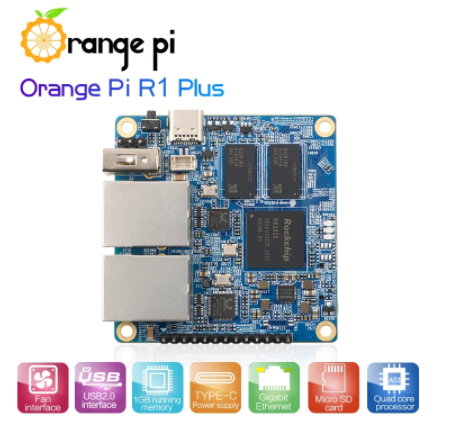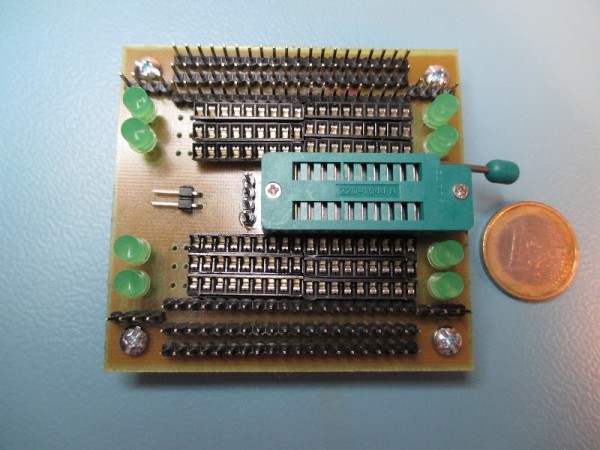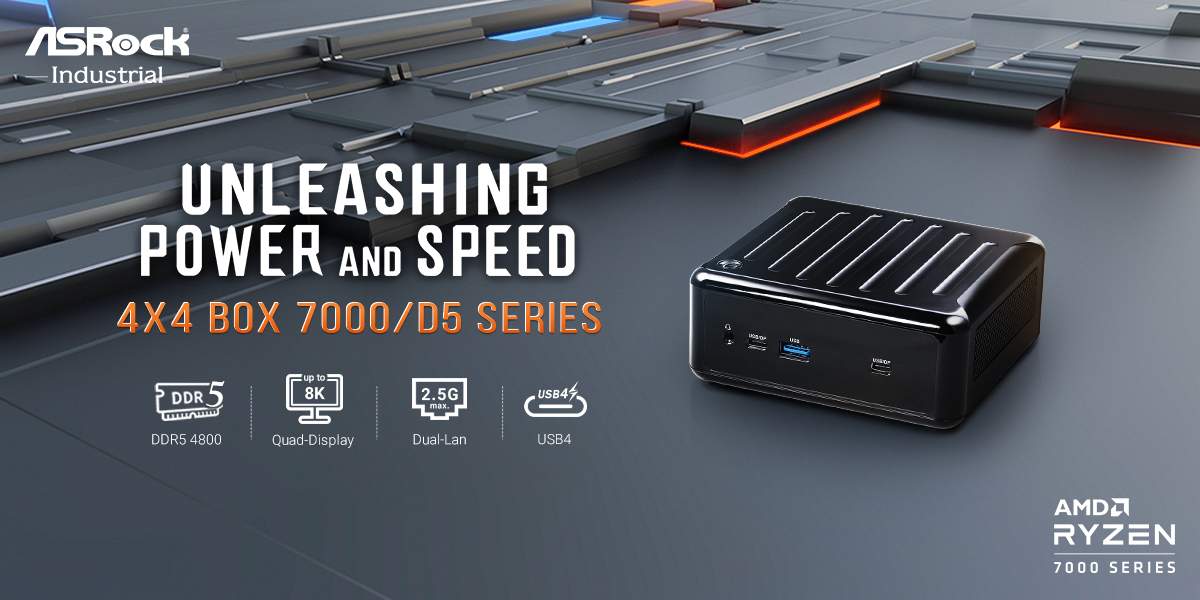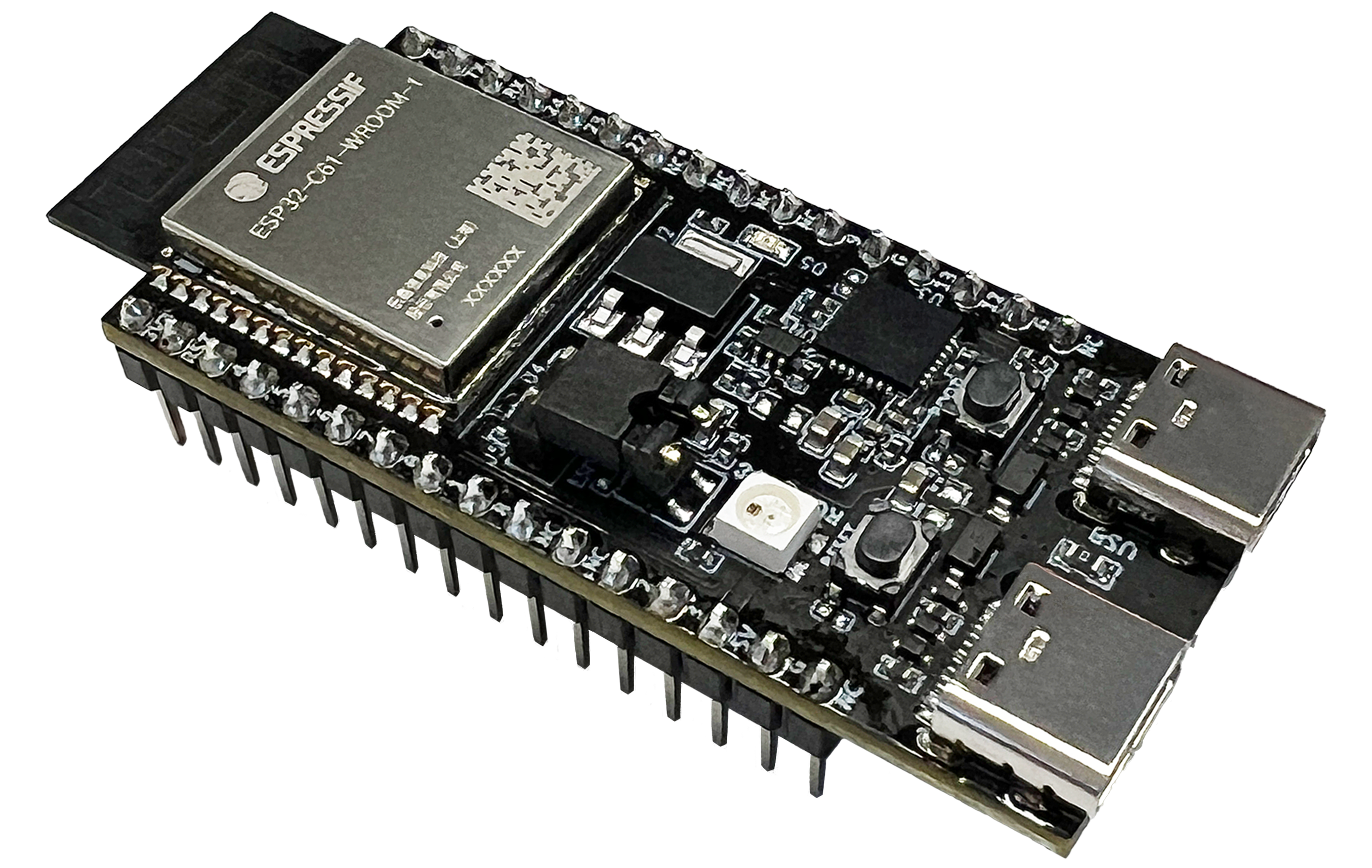
Just in January of this year, Espressif Systems announced the release of their latest and greatest ESP32-C61 SoC, but at that time Espressif did not announce any development board for the SOC, now 10 months after that we see Espressif has announced the release of ESP32-C61-DevKitC-1 an entry-level development board that integrates Wi-Fi 6 in the 2.4 GHz band and Bluetooth LE 5 capabilities. The ESP32-C61 features a 32-bit RISC-V single-core processor running at 160 MHz. It has 320 KB of SRAM and 256 KB of ROM, providing sufficient resources for many embedded applications.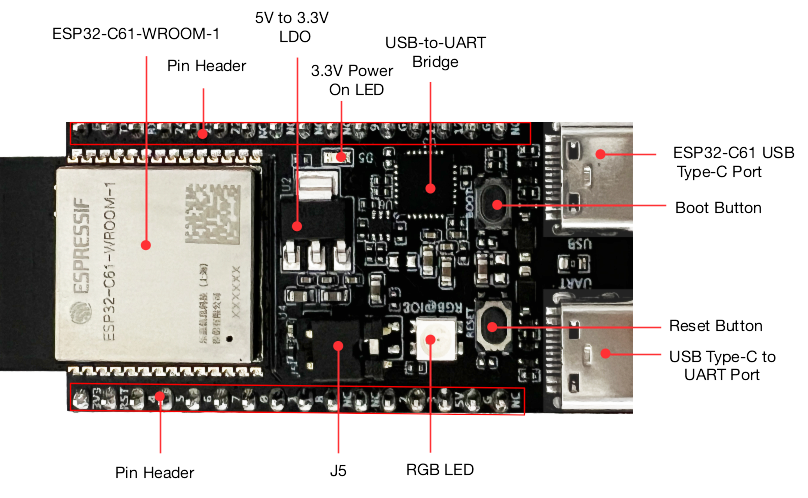
All available GPIOs are exposed through pin headers, enabling easy access to the board’s peripherals for custom hardware interfacing. Several peripheral interfaces are available on the board, including 25 GPIOs, 2x SPI, 3x UART, I2C, I2S, LED PWM, and a 12-bit ADC with 6 channels. There are two USB-C ports on the board one is directly connected to the USB port of the ESP32-C61 and another one connects to the ESP32 module via a USB to UART converter. The board also includes an RGB LED, driven by GPIO8, which can be customized for different use cases. Power is regulated via a 5V to 3.3V converter, with an onboard power-on LED indicating when the board is powered. The board can be powered through the USB Type-C port or through pin headers that support either 5V or 3.3V input.
Block Diagram
ESP32-C61-DevKitC-1 development board Specification
- Microcontroller: ESP32-C61-WROOM-1 module
- CPU: 32-bit RISC-V single-core @ 160 MHz
- Memory: 320 KB SRAM, 256 KB ROM
- Storage: 8 MB SPI flash, 2 MB PSRAM
- Connectivity:
- Wi-Fi 6 (802.11ax) in the 2.4 GHz band
- Bluetooth 5.0 LE
- Peripherals:
- 25x GPIO pins
- 2x SPI interfaces
- 3x UART interfaces
- I2C interface
- I2S interface
- LED PWM control
- 12-bit ADC (6 channels)
- RGB LED (GPIO8 controlled)
- Interfaces:
- USB Type-C port (power & data)
- 5V / 3.3V power input headers
- Other Features:
- Onboard 5V to 3.3V regulator
- Power-on LED indicator
- Current measurement header for ESP32-C61-WROOM-1 module
- USB-to-UART bridge (up to 3 Mbps)
In terms of software, the company mentions that the board can be programmed with ESP-IDF more information about the product can be found on the wiki page and if you want to get started with the board you can also check out the Getting Started guide for the board.
At the time of writing the company does not mention any pricing information about the board but you can contact the company directly for for orders and sample requests, as noted on their Wiki pages.






